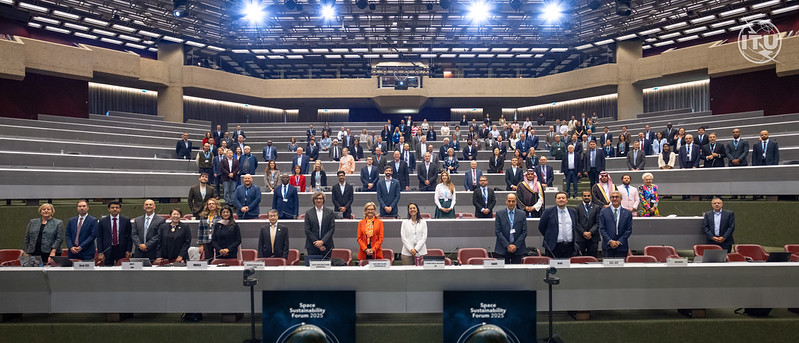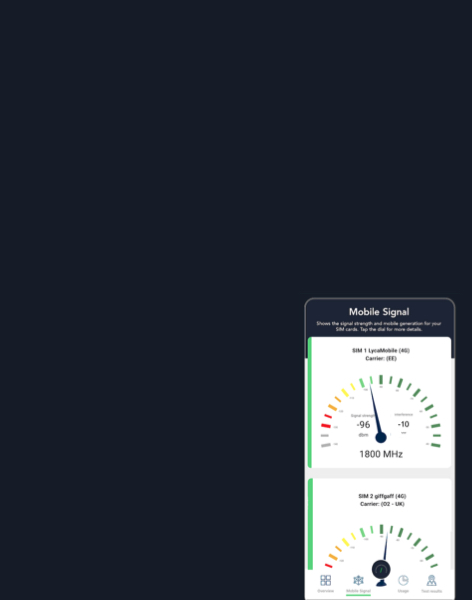Weekly Wrap: Space is still the Wild West, but times are changing (slowly)
Earlier this week, I attended the Space Sustainability Forum, hosted by the ITU in Geneva. The conversations and panel discussions highlighted some key issues that the satellite industry faces.
Aarti Holla-Maini, Director at the UN Office for Outer Space Affairs (UOOSA), told the forum that her unit has become “a bit of a hotline for collisions”. The UN body has had to step in twice in the last eight months.
“Right before the June Committee on the Peaceful Uses of Outer Space (COPUOS), the Malaysian space agency reached out to us about a conjunction with a North Korean satellite,” she said. “It was a conjunction of 75 metres, a really hot conjunction.”
The Malaysian satellite was not movable, she said. “We asked two parties to verify the conjunction and advise the Malaysian space agency. And we asked the North Koreans, of course, to move the satellite. And at the 11th hour, they moved it. It’s the kinds of excitement we can do without.”
At that June committee meeting, an expert group on space situational awareness (SSA) was established. According to Holla-Maini, this is the first step to global space traffic coordination. “It’s probably the number one need for collision avoidance and a sustainable and peaceful space,” she said.

There is currently no global traffic system. However, the US is developing one, says Mariel Borowitz, Director of International SSA Engagement in the Office of Space Commerce. Called TRACCS, it’s currently a pilot project; it collects data from 800 spacecraft and screens for collisions six times a day. It will be launched in January.
Why are we so late sorting this out? There are hundreds, if not thousands, of companies with a satellite in orbit, and yet, only after launch is there a conversation about traffic control. It’s a Wild West attitude of do now, regulate later that could have catastrophic consequences.
“Our version 1 satellites were too bright,” Starlink’s David Goldstein said during a panel session. “We didn’t know the consequences it had on astronomy back then. The newer generation mitigates this.” There are currently 4,200 Gen1 Starlink satellites in orbit, causing both optical and radio interference to astronomy.
Another example, which happens to be the number one requirement for sustainable space, is decommissioning a satellite by crashing it into Earth and letting it decompose in the atmosphere. How safe is the accumulation of that aerosolised aluminium from those thousands of decommissioned satellites to the composition of our atmosphere? This is a question that no one at the ITU’s forum seemed able to answer.
With space becoming more and more commercial, a change in attitude is needed. The true meaning of sustainability in space, as well as on Earth, is science-based regulation and choosing safety and coordination over commercial interest.
There were some traces of that attitude change at this forum, though. Cooperation was high on the list of priorities. Goldstein said that regulators should require operators to publish accurate predictions about their operations. Mario Neri from Telesat urged the ITUThe International Telecommunication U… to play a bigger role in a standardised mode of communication among operators.
I’ll be writing several articles on the Space Sustainability Forum in the coming days.
Here’s what else PolicyTracker covered this week:
- Finland’s new 6G roadmap warns against insufficient spectrum being identified for 6G
- New Signaltracker data suggest 5G spectrum is usually either the 3.6 GHz band or 4G bands
- Belgium might auction the 26 GHz band, but the regulator admits it expects low interest
- The Dominican Republic will launch a spectrum auction later this year
- Is CBRS still going strong in the US? 420,000 base stations are operating in the 3.5 GHz band without interfering with military use
